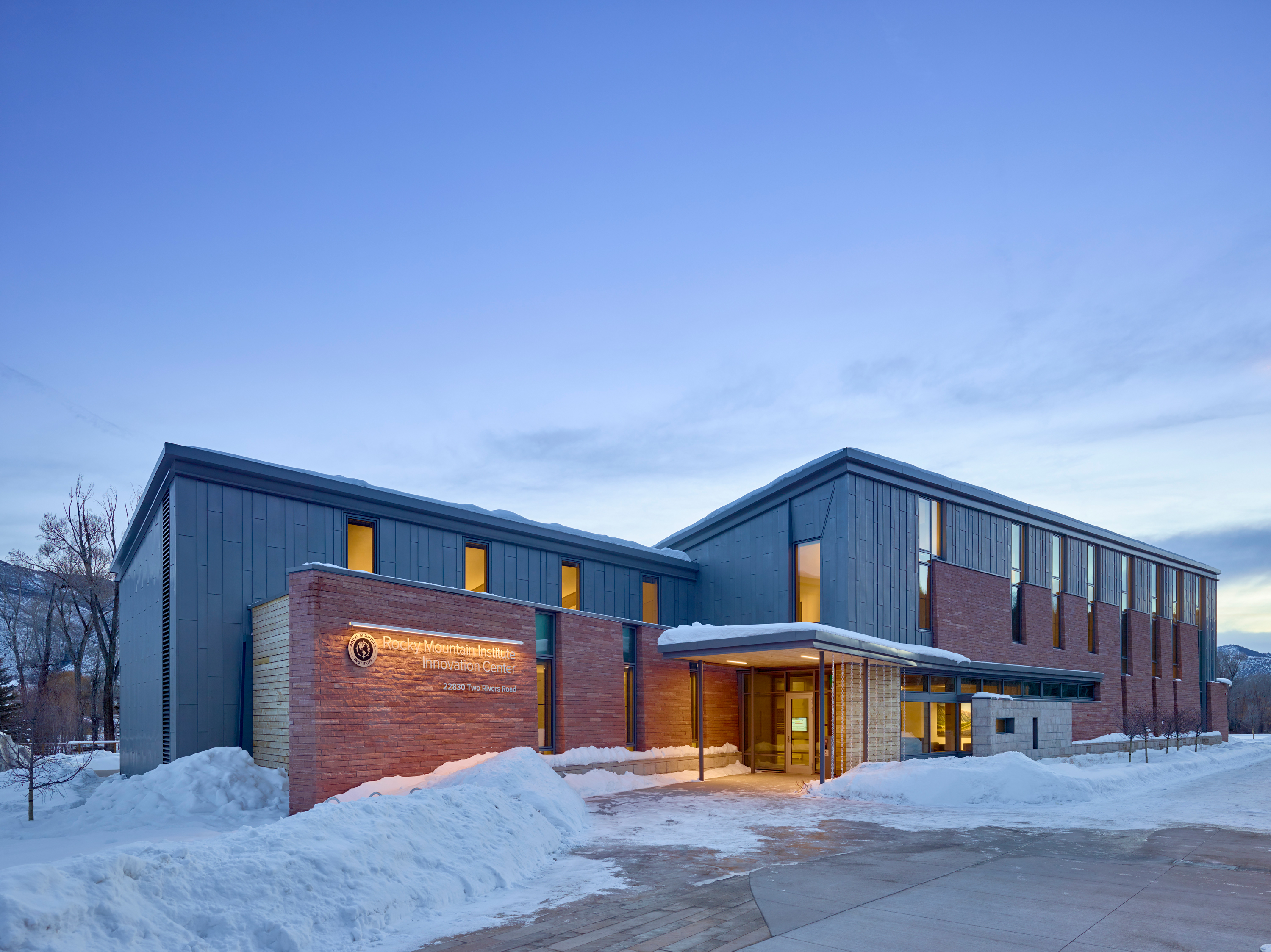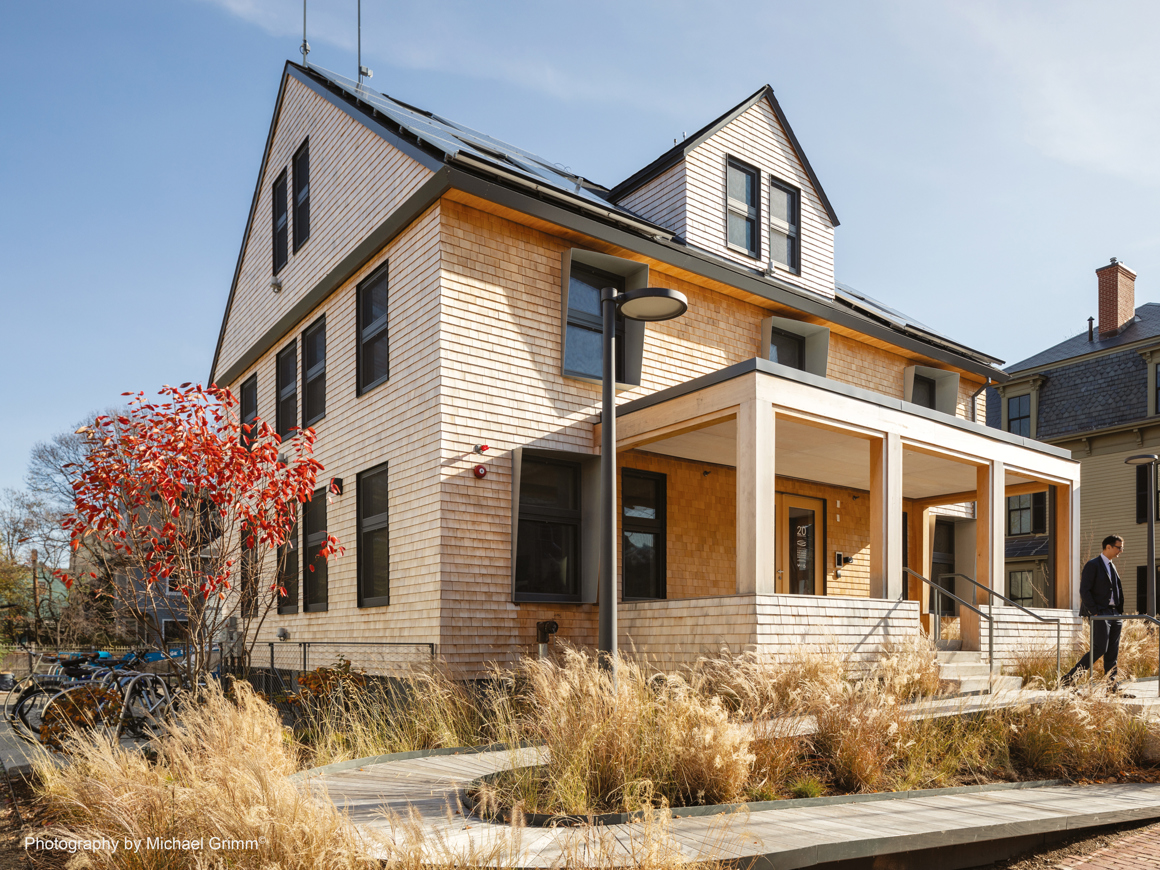Curious about how or if natural ventilation is possible in certain geographic locations? Here we offer case studies and key considerations when looking at how external climate affects the potential for natural ventilation.
External climate and the potential for natural ventilation
External conditions such as temperature, relative humidity, and air quality will affect the potential for implementing natural ventilation in buildings. This generally means that extreme climates with high external air temperature and relative humidity have a lower potential to design with natural ventilation. We also can’t forget the role that building design plays on the potential for natural ventilation, whether you’re considering it for a new or existing building.
Natural ventilation solutions have been implemented in a wide range of geographic locations where the potential of natural ventilation is mainly reflected in the external conditions.
We've helped building designers all over Europe and North America in the design and implementation of well-controlled natural ventilation for the best indoor climate possible. Based on theses experiences and cases, we'd like to show you how and where natural ventilation can be utilized.
Temperate climates
Implementing natural ventilation in temperate climates can work quite well. This is the case in countries like Denmark, Norway, Germany, Switzerland, and in most of the United Kingdom, but natural ventilation is also applicable in other locations. In these countries we also experience a lot of mixed mode ventilation systems due to high occupant loads, high solar gain, shape of building, etc. See where natural ventilation is possible in North America
Natural ventilation in temperate climates
What’s possible when you’re not in a temperate climate?
In climates that experience higher external temperatures or relative humidity, mixed mode ventilation is an effective approach to get the best benefits of natural ventilation without compromising indoor climate quality. In the case of a mixed mode ventilation approach, the natural ventilation system can be switched on or off depending on the outdoor conditions, this helps to ensure that the building performance requirements are met for optimal comfort and energy savings.
Natural ventilation potential in North America
The climate in North America can vary a lot in relation to temperature and humidity. Therefore, general assumptions about use of natural ventilation cannot be made. However, we can discuss the locations where we already see use of natural ventilation, as well as locations which may not have been perceived as feasible for natural ventilation in the past, but can be made feasible by modern strategies and technologies.
Locations in North America where natural ventilation is feasible
The following are examples of locations in the North America where natural ventilation has been successfully used in many small and large projects.
Note that natural ventilation use is not limited to these locations:
- Seattle, WA
- Portland, OR
- San Francisco, CA
- Los Angeles, CA
- New York, NY
- Chicago, IL
- Brooklyn, NY
- Baltimore, MD
- Pittsburgh, PA
- Basalt, CO
- Boston, MA
- Vancouver, BC (Canada)
- Hanover, NH
Natural and hybrid ventilation in North America
More potential locations for natural ventilation
Currently, we are performing a study to map out the potential for natural ventilation in North America.
Sign up to our newsletter to hear about our upcoming study
To thoroughly evaluate the potential, we are including the use of other indoor climate and facade technologies and strategies.
For example:
- Increased air movement by high air changes through natural ventilation and/or use of ceiling fans.
- Radiant heating and cooling.
- Mixed mode ventilation combining natural and mechanical ventilation.
- Night cooling with high thermal mass and daily operation to optimize the use of the stored cooling capacity.
- Effective solar shading that automatically interacts with operable windows to reduce cooling loads.
- Automatically controlled natural ventilation with local personal control.

Figure 1 – Relation between operative temperature and air movement.
The study will highlight the potential of natural ventilation in less common areas of North America. This includes cities such as:
- Austin, TX
- Atlanta, GA
- Minneapolis, MN
- Louisville, KY
- Orlando, FL
These are locations where we know natural ventilation is not possible at all times. We hope to learn how much can we use it in these areas.
With the addition of other technologies and strategies, it should be possible to extend the temperature ranges for natural ventilation and to control the operable windows to be used only in the exact hours when it makes sense.
Conclusion: How can you determine the potential for natural ventilation in your climate?
One way is standard building simulation programs like IESVE, IDA-ICE and BSim. These programs can be used to determine the indoor climate with natural and hybrid ventilation during the year in a specific area (weather data for the area needs to be used).
If you need guidance for how to implement natural and hybrid ventilation in IESVE or BSim, we've created guides to help you. Find them below.








